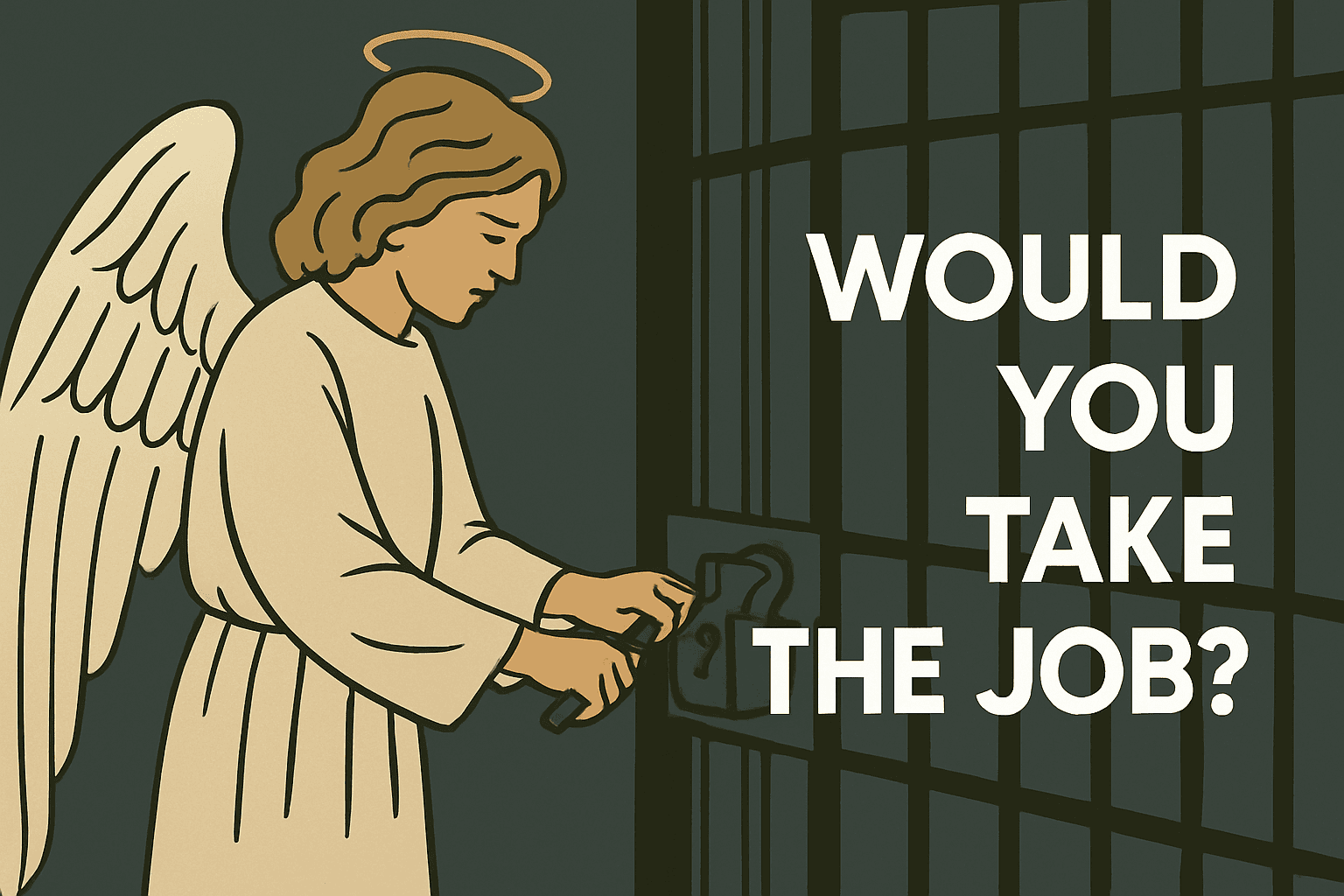More Than a Uniform: Remembering Annie Covarrubias and the Crisis Facing Correctional Officers

Last week, California Department of Corrections and Rehabilitation (CDCR) officials announced the sudden passing of Annie Covarrubias, a correctional officer at the Correctional Training Facility (CTF) in Soledad. She was 35 years old. In the words of her colleagues, Annie was a “dependable, professional, and kind” officer, known for her dedication to both her peers and the incarcerated individuals she worked with every day.
Her death, though still unexplained publicly, comes as a growing number of correctional officers across the country face silent crises: physical, psychological, and institutional. The memorial shared by CDCR paints a picture of a public servant who “consistently demonstrated kindness, humility, and professionalism.” Those are qualities we should always recognize. But it’s worth asking: What does it take to consistently show up that way in a place built on punishment and control?
In the wake of her passing, Annie’s colleagues and loved ones launched a GoFundMe campaign to support her family and honor her legacy. The fundraiser describes Annie as a “beloved daughter, sister, partner, and friend” whose kindness and dedication left a lasting impact on everyone around her. As of this week, the campaign has raised nearly $20,000 -- just shy of its initial goal.
This June, IVN will launch a new How It Really Works series that explores the unseen pressures of prison systems, not just for the people who are incarcerated, but for the officers and staff who work inside the walls. While much of the public debate about prison reform focuses on sentencing laws, bail policy, or rehabilitation, we rarely stop to ask: What’s happening to the people on the job? What does it cost them, and what support do they receive?
In our reporting, we found that correctional officers, like Annie, are at the center of a workplace many describe as emotionally isolating and physically dangerous. Suicide rates among correctional officers now exceed those of police officers and firefighters. One 2024 Health & Justice review concluded that corrections staff rates of posttraumatic stress disorder (PTSD) approach or exceed that of military combat veterans. They suffer high rates of PTSD, depression, hypertension, and burnout, often with little institutional support.
And most never ask for help, for fear of losing their careers.
The loss of a colleague like Annie Covarrubias is a tragedy. But it’s also a reminder. Behind every title, badge, or uniform, there is a human being trying to navigate a system that wasn’t built to protect their well-being. We should be honoring their service not just in memorial, but in policy, practice, and care.
The upcoming How It Really Works: Health Care Behind Bars series will examine how the justice system treats those who are incarcerated—and how it often forgets the people charged with overseeing it. We hope it starts a new conversation, not just about accountability, but about humanity. Because what happens inside these walls affects all of us.
 Chad Peace
Chad Peace





